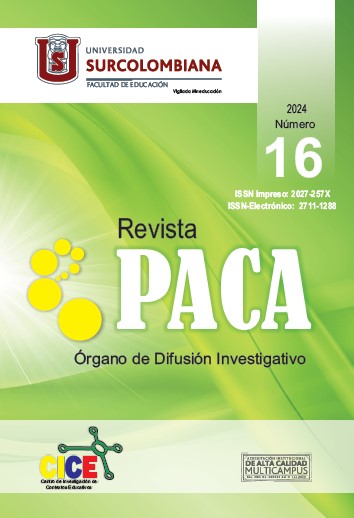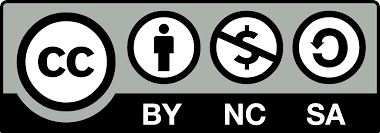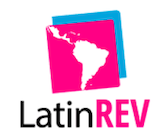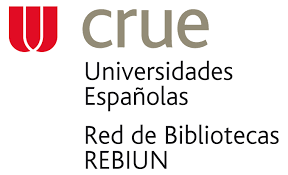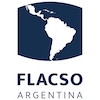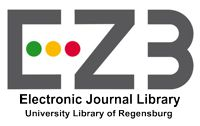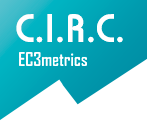Reflective EVA strategy of learning the notion of chemical dissolutions. A proposal
##plugins.themes.bootstrap3.article.main##
The reflection of this research is mobilized in the possibility of reconfiguring a moment of learning the notion of chemical solutions using pixton comics as a benefit to value the learning of a chemical category. One of the challenges, from the mixed ethnoconfigurational approach that has been characterized and evidenced in the classroom, is to reveal how young people in secondary education aged 15 to 17 years of the agricultural modality with their socioeconomic cultural reality have enabled the benefit of understanding complex concepts such as chemical solutions with technological tools.
Downloads
##plugins.themes.bootstrap3.article.details##
Aguilar Torres, H., y Torres, A. (2021). La presencia docente como detonador de la ZDP en entornos virtuales de aprendizaje (EVA), p. 52.
Camacho Marín, R., Rivas Vallejo, C., y Gaspar Castro, M. (2020). Innovación y tecnología educativa en el contexto actual latinoamericano. Innovación y tecnología educativa en el contexto actual latinoamericano. educativa en el contexto actual latinoamericano (uv.cl)
Carrasco, L. A. A., y Hernández, F. R. (2020). Diseño de Cómics usando Pixton como herramienta para reforzar el tema Volumetría.
http://www.quimicaviva.qb.fcen.uba.ar/v19n3/E0197.htm
Cataldi, Z., Donnamaría, M. C., y Lage, F. J. (2009). Didáctica de la química y TIC: Laboratorios virtuales, modelos y simulaciones como agentes de motivación y de cambio conceptual. En IV Congreso de Tecnología en Educación y Educación en Tecnología. http://sedici.unlp.edu.ar/bitstream/handle/10915/18979/Documento_completo.pdf?sequence=1&isAllowed=y
Maturana, H. (1991-1996). El sentido de lo humano. Dolmen Ed. Santiago de Chile, p. 144. ISBN: 956-201-115-0. http://escuelainternacionaldecoaching.com/downloads/BibliotecaEIC/Humberto%20Maturana%20-%20El%20 Sentido%20de%20lo%20Humano.pdf
Navarro, R. E., Navarro, R. Y. (2015). Entornos virtuales 2002-2011. Capítulo 6. Aproximaciones al estado del conocimiento sobre la educación mediada por tecnologías de la década (2002 – 2011), pp. 197 - 202. Ed. ANUIES. México. ISBN: 978-607-451-107-9.
Ortiz, A. (2015). Epistemología y metodología de la investigación configuracional. Bogotá, Colombia: U. p. 12, 13, 192, 233, 236, 264. https://www.google. com.co/books/edition/Epistemolog%C3%ADa_y_metodolog%C3%ADa_de_la_inve/PyejDwAAQBAJ?hl=es-419&gbpv=1&printsec=frontcover
Umbarila Castiblanco, X. (2012). Fundamentos teóricos para el diseño y desarrollo de unidades didácticas relacionadas con las soluciones químicas. Revista de investigación, 36 (76), pp. 133-158. https://edsp.bibliotecabuap. elogim.com/eds/pdfviewer/pdfviewer?vid=4&sid=03d170f7-cc63-406bb1b8-1f0c9a46951f%40redis http://ve.scielo.org/scielo.php?pid=S1010-
&script=sci_arttext
Zamora, L. P., Bravo, S. S., y Padilla, A. G. (2021). Production of Comics in POWTOON as a Teaching-Learning Strategy in an Operations Research Course. European Journal of Contemporary Education, 10(1), pp. 137-147 https://files.eric.ed.gov/fulltext/EJ1294667.pdf


